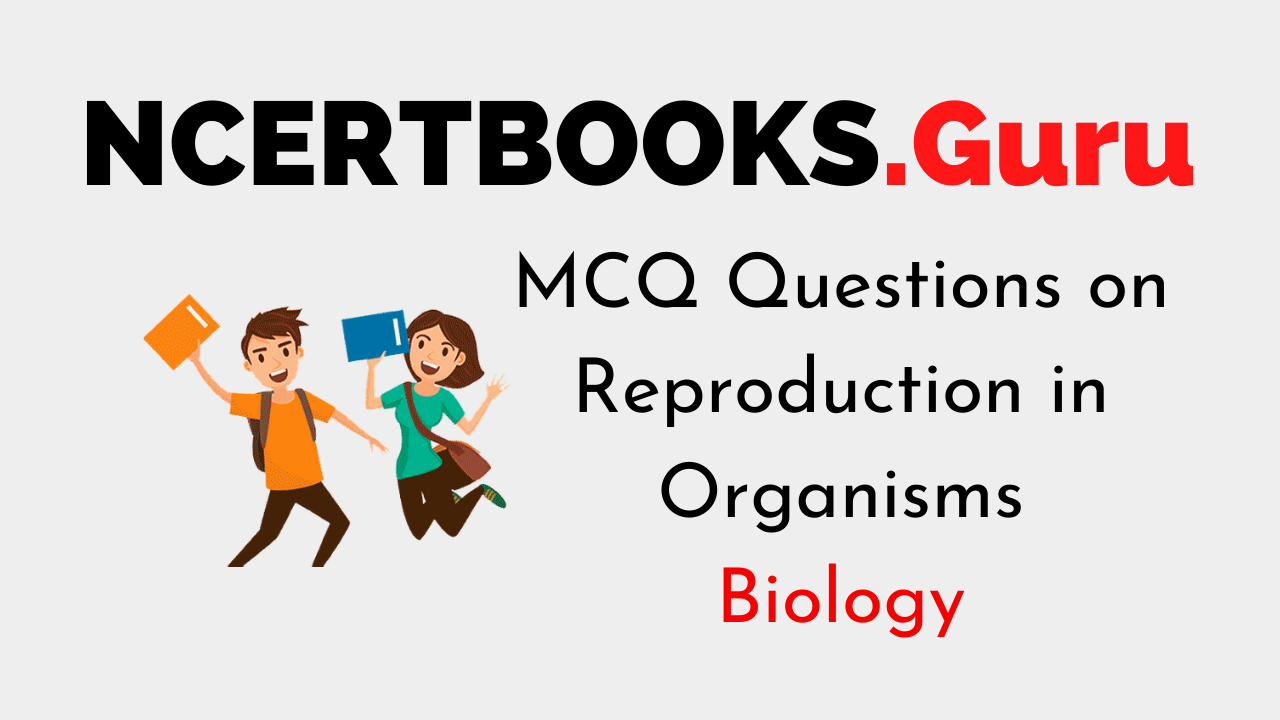MCQ Questions on Reproduction in Organisms
1. Planaria’s most remarkable characteristics are its ability to
(a) Hibernation
(b) Survive without air
(c) Generate bioluminescence
(d) Regenerate
Answer
Answer: (d) Regenerate
2. Fusion of unrelated gametes is called ________
(a) Dichogamy
(b) Fertilization
(c) Autogamy
(d) Allogamy
Answer
Answer: (d) Allogamy
3. Bryophyllum daigremontianum reproduces by
(a) Vegetative propagation
(b) Budding
(c) Fission
(d) Fragmentation
Answer
Answer: (a) Vegetative propagation
4. When living tissue from a plant is extracted and placed in a medium, it is called ______
(a) Horticulture
(b) Transplantation
(c) Explant
(d) None of the above
Answer
Answer: (c) Explant
5. Budding, in hydra, is a form ________
(a) Apoptosis
(b) Sexual reproduction
(c) Asexual reproduction
(d) None of the above
Answer
Answer: (c) Asexual reproduction
6. ____________is not a method of vegetative propagation
(a) Grafting
(b) Cutting
(c) Lytic cycle
(d) Layering
Answer
Answer: (c) Lytic cycle
7. ___________ refers to an asexual reproduction process wherein genetically identical copies of individual plants are produced
(a) Layering
(b) Binary fission
(c) Clonal Propagation
(d) None of the above
Answer
Answer: (c) Clonal Propagation
8. __________ shows totipotency.
(a) Xylem
(b) Meristem
(c) Cork
(d) All of the above
Answer
Answer: (b) Meristem
9. The property of an undifferentiated cell that has the potential to develop into an entire plant is called
(a) Budding
(b) Cloning
(c) Subpotency
(d) Totipotency
Answer
Answer: (d) Totipotency
10. The development of root and shoot in tissue culture is determined by ______
(a) Temperature
(b) Nutrients
(c) Auxin and cytokinin ratio
(d) None of the above
Answer
Answer: (c) Auxin and cytokinin ratio
